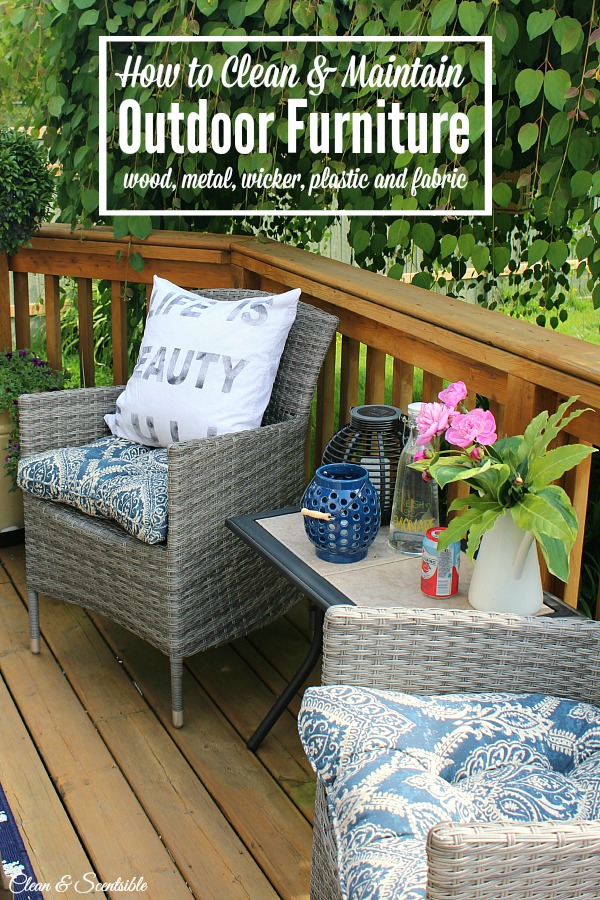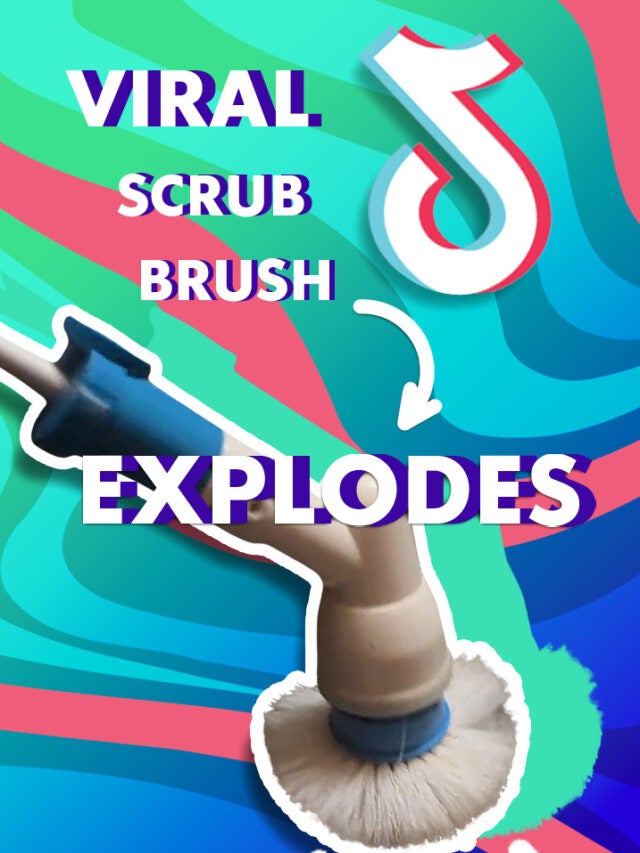Spring has sprung, and with it comes the irresistible urge to refresh and renew. While tackling the inside of your home is a priority for many, don’t forget the often-overlooked outdoor spaces! Your patio, deck, driveway, and walkways take a beating throughout the winter months, and a good spring cleaning will make them look and feel their best. This guide will walk you through effective cleaning techniques for various outdoor floor types, ensuring your outdoor living spaces are ready for warmer weather gatherings and relaxing evenings.
Assessing Your Outdoor Flooring
Before you grab your cleaning supplies, take a moment to assess the type of flooring you’re working with. Different materials require different approaches, and using the wrong method can damage delicate surfaces. Common outdoor flooring includes:
- Concrete: Durable and versatile, but susceptible to staining and algae growth.
- Brick: Classic and attractive, but needs regular cleaning to prevent mortar erosion and staining.
- Stone (flagstone, pavers): Elegant and long-lasting, but can be porous and require specialized cleaners.
- Wood (decks): Requires gentle cleaning and regular sealing to prevent damage and water absorption.
- Composite decking: Low-maintenance, but still needs occasional cleaning to remove dirt and debris.
Essential Cleaning Tools & Supplies

Having the right tools is crucial for efficient and effective cleaning. Stock up on these essentials:
- Brooms and brushes: Stiff-bristled brooms for sweeping loose debris and smaller brushes for scrubbing stubborn stains.
- Pressure washer (optional but highly recommended): A pressure washer is invaluable for removing grime, mildew, and moss from most outdoor surfaces. Consider the PSI (pounds per square inch) – higher PSI is good for heavier grime, but too much can damage delicate surfaces. Always test in an inconspicuous area first.
- Garden hose with spray nozzle: For rinsing and pre-treating surfaces.
- Buckets: For mixing cleaning solutions.
- Cleaning solutions: Choose cleaners appropriate for your flooring material. Avoid harsh chemicals on delicate materials like wood or stone. For tougher stains, consider oxygen bleach or specialized cleaners designed for outdoor use. Always test any cleaner in an inconspicuous area first.
- Scrub brushes and sponges: For scrubbing stubborn stains.
- Squeegee: Useful for removing excess water from smooth surfaces like concrete and stone.
- Safety gear: Wear gloves, eye protection, and appropriate footwear to protect yourself from chemicals and slips.
Step-by-Step Cleaning Process

The general cleaning process is similar for most outdoor flooring types, but remember to adjust your cleaning solutions and techniques based on the material:
- Clear the area: Remove all furniture, plants, and loose debris from the area you’re cleaning. Sweep or blow away any loose dirt, leaves, and other debris.
- Pre-treat stains: For stubborn stains, pre-treat them with a suitable cleaning solution. Allow the solution to sit for the recommended time before scrubbing.
- Wash the surface: Use a pressure washer (if appropriate for your surface) or a garden hose with a spray nozzle to wash away dirt and grime. Work in sections for better control. For delicate surfaces, use a gentler approach and avoid high pressure.
- Scrub as needed: For stubborn stains or mildew, use a scrub brush or sponge to gently scrub the affected areas. Avoid harsh scrubbing on delicate materials.
- Rinse thoroughly: Rinse the entire surface with clean water to remove any cleaning solution residue. Use a squeegee on smooth surfaces to prevent water spots.
- Allow to dry: Allow the surface to air dry completely. Avoid walking on wet surfaces to prevent damage or tracking dirt.
Specific Cleaning Tips for Different Materials

Here are some material-specific tips to enhance your spring cleaning efforts:
- Concrete: A pressure washer is highly effective. For oil stains, consider using a degreaser before washing. Regular sealing can help protect against future stains.
- Brick: Use a stiff-bristled brush to remove loose mortar and debris. A pressure washer can be used cautiously, avoiding direct high-pressure blasts on the mortar. A solution of water and mild detergent is usually sufficient.
- Stone: Use a gentle cleaner specifically formulated for stone. Avoid abrasive cleaners or brushes that could scratch the surface. A pressure washer may be used with caution, depending on the type of stone. Seal the stone regularly to protect it from stains and weathering.
- Wood (decks): Use a deck cleaner and brush according to the manufacturer’s instructions. Consider using a deck brightener to remove graying and discoloration. After cleaning, apply a fresh coat of sealant to protect the wood.
- Composite decking: Use a mild detergent and water solution. A soft-bristled brush is recommended to avoid scratching the surface. Follow the manufacturer’s recommendations for cleaning and maintaining your specific composite decking.
Maintaining Your Clean Outdoor Floors

Regular maintenance is key to keeping your outdoor floors looking their best. Sweep or blow away debris regularly, and consider using a leaf blower to remove leaves and other organic matter before it has a chance to stain or damage your flooring. Regular cleaning will prevent buildup of dirt and grime, making spring cleaning much easier next year.
By following these tips, you can transform your outdoor spaces from winter-weathered to sparkling clean and ready for spring and summer enjoyment. Remember to always prioritize safety and choose cleaning products appropriate for your flooring type. Happy cleaning!




